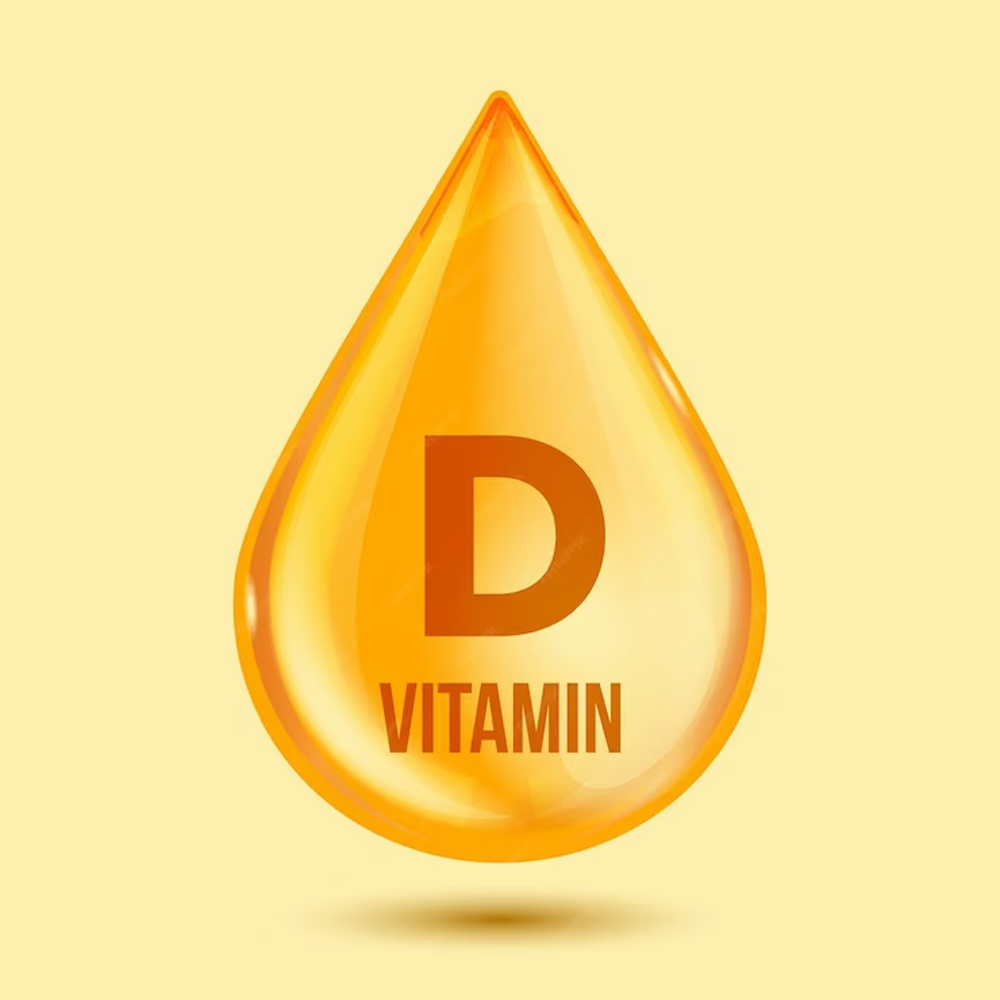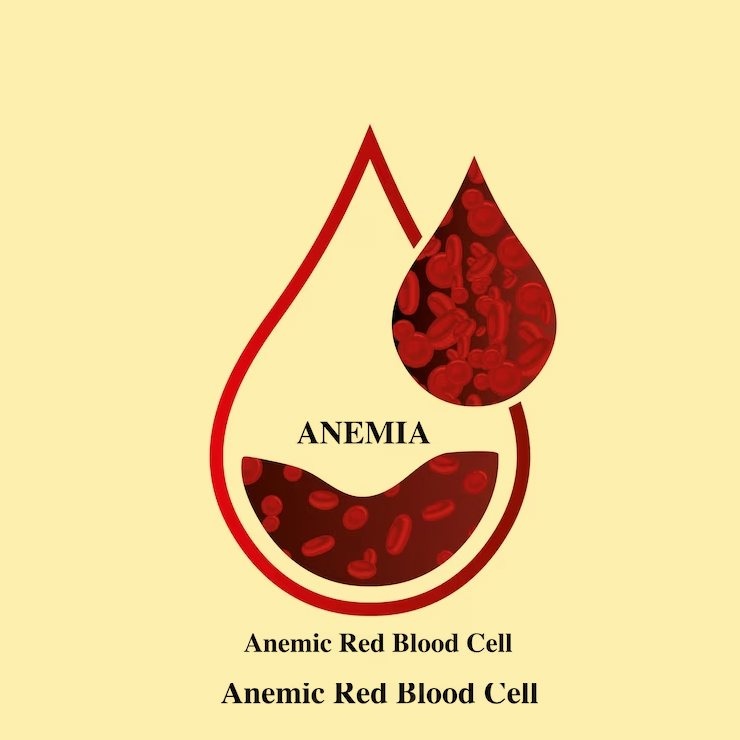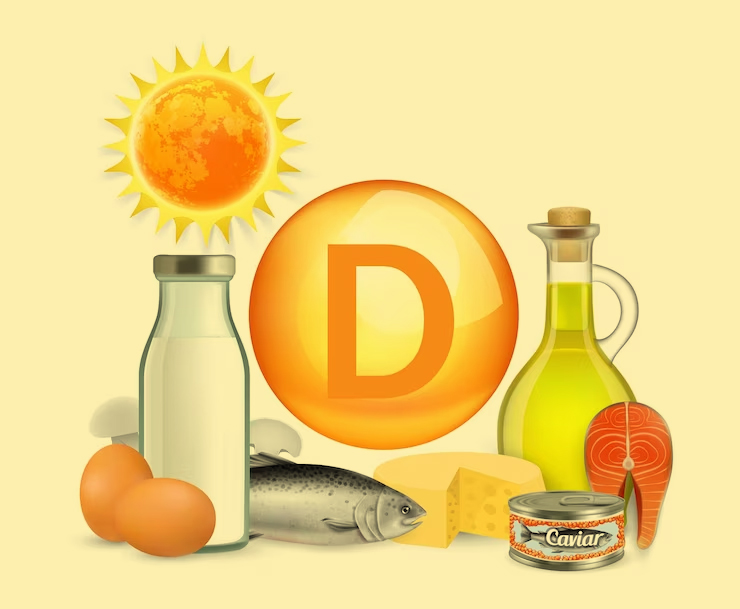
When your body does not produce enough healthy red blood cells, it can cause anaemia. Usually, it happens when you have low levels of vitamin B12 or B9 (folate or folic acid). But can low levels of vitamin D cause anaemia?
Table of Content:-
To understand how low vitamin D levels can cause anaemia, OnlyMyHealth interacted with Shraddha Bhosale, Consultant Dietician, Adhikari Lifeline Multispeciality Hospital, Palghar.
How Does Vitamin D Deficiency Cause Anaemia?

According to Bhosale, Vitamin D plays a crucial role in maintaining proper levels of iron in the body, which is essential for making haemoglobin, the protein in red blood cells that carries oxygen. “Iron is carefully managed by the body through a system involving a hormone called hepcidin and a protein called ferroportin. Hepcidin is produced by the liver and regulates the release of iron from cells, particularly from macrophages that recycle iron from old red blood cells,” she said.
Explaining further, Bhosale said, “When there's inflammation in the body, as seen in conditions like vitamin D deficiency, certain inflammatory molecules called cytokines, such as interleukin-1 beta (IL-1β) and interleukin-6 (IL-6), are increased. These cytokines stimulate the production of hepcidin, which leads to more iron being trapped within cells like macrophages, and less being absorbed from the gut. This situation makes less iron available for making new red blood cells, leading to anaemia.”
Also read: 1 in 4 People Have Anaemia Worldwide, Rates Fall Only For Men: Lancet Study

A recent study found that lower levels of vitamin D are linked to higher levels of hepcidin. In easy terms, when the levels of vitamin D are low, more hepcidin is produced which can disrupt the iron balance contributing to anaemia.
Citing studies, Bhosale said, “Vitamin D treatment can help improve the way iron is regulated in macrophages, potentially reducing hepcidin levels and improving iron metabolism.”
All in all, vitamin D deficiency can disrupt the balance of iron in the body, making it harder to produce enough red blood cells which ultimately leads to anaemia. Vitamin D deficiency tends to interfere with iron absorption, recycling, and the availability of Red Blood Cell (RBC) production. Bhosale advised that correcting vitamin D deficiency can be an important part of managing anaemia in people with underlying iron deficiency.

Daily Intake Of Vitamin D
Bhosale said that the recommended daily intake of vitamin D for most adults is 600 IU. Adults over the age of 60 are advised to aim for 800 IU per day. Sunlight, available in abundance, is the best source of vitamin D. To protect yourself from the harmful effects of UV rays of the sun, morning time is recommended for healthy and safe exposure to sunlight.
Sources Of Vitamin D Apart From Sun

Sun is the major source of vitamin D, however, during winters, sunlight exposure is low. Here are other natural sources of vitamin D.
- Fatty Fishes like salmon, mackerel, and sardines
- Egg yolks
- Mushrooms
- Milk and milk products
- Tofu
- Cereals
- Grain flours
Symptoms Of Anaemia
Bhosale listed down some common symptoms of anaemia:
- Tiredness
- Weakness
- Shortness of breath
- Pale or yellowish skin
- Dry and pale eyes
- Irregular heartbeat
- Dizziness or lightheadedness
- Difficulty concentrating
- Chest pain
- Cold hands and feet
- Headache
Incorporating vitamin D and iron- rich foods can help you enhance the production of red blood cells in your body and alleviate anaemia.
(Disclaimer: This article is for informational purposes only. If you are dealing with vitamin D deficiency or anaemia, we advise you to visit your doctor for its treatment.)
Also watch this video
How we keep this article up to date:
We work with experts and keep a close eye on the latest in health and wellness. Whenever there is a new research or helpful information, we update our articles with accurate and useful advice.
Current Version